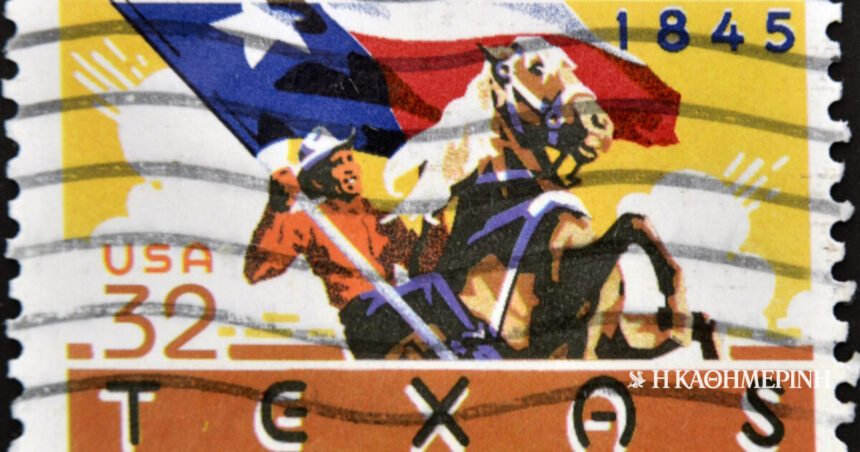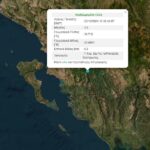The story of United States of America presents many interesting chapters, from the War of Independence to the present day. Particularly familiar to the general public are the chapters dealing with the American Civil War, the management of the interwar economic crisis and subsequent development, participation in the World War II and the period of the Cold War, during which the USA starred as the leading power of the Western coalition. Less well known are the aspects of the story that involve expansion into the lands that make up the western and southwestern regions of the US today.
The Texas It is the second largest state in the USA by area and population. Traveling from the east to the west of the state, one passes through dense pine and oak forests, through plains with thousands of hectares of arable land, endless meadows, steep hills and a desert. The fertile lands of Texas immediately attracted the interest of the Spanish conquistadors, who captured the region in the name of the Spanish crown in 1519. Texas remained under the rule of the Spanish empire until 1821, when it was incorporated into the territories of of Mexicowhich had just won its independence.
Soon, resentment began to emerge from sections of the population for the Mexican administration of Texas. Many were looking forward to joining the United Statesmainly white populations who had migrated from states of the American South to Texas in the hope of acquiring land. These expectations were reasonable to be supported officially or unofficially by the US, which was eyeing the fertile lands of the vast area of Texas.
Texans declared their independence from Mexico in reaction to the restrictive measures implemented by the country’s president.
In March 1836, Texans declared their independence from Mexico in response to the restrictive measures implemented by the country’s president, Antonio Lopez de Santa Anna. A month later, on April 20-21, Texan militiamen defeated Mexican government forces sent to quell their rebellion at the Battle of San Jacido. In June of the same year Santa Anna signed the protocol of Texas independence, being a prisoner of the Texan rebels. Mexico, of course, did not recognize this act on the grounds that it was signed under threat.
The USA, under the presidency of Martin van Buuren, found itself in a difficult position. If they preached union with Texas they would provoke the reactions of Northern Liberals, who were opposed to slavery (in Texas slavery was widespread) and would come into war with Mexico. A different policy, however, was followed by President John Tyler, who he made union with Texas the highest priority of his administration. After much back and forth, the House of Representatives passed the union bill on February 28, 1845, and the next day, President Tyler, a few days before leaving office in the United States, signed the text of the union.
Tyler’s successor in the White House, James Polkwas the one who negotiated the final details of the union. On July 4, the Texas Convention almost unanimously voted for the union plan with the US, the final text of which was signed by President Polk on December 29, 1845. Texas was now officially the 28th state of the United States of America. Although Mexico did not follow through on its threats to declare war on the United States if it annexed Texas, relations between the two states remained strained over their differences over the delineation of their common border.
Column editor: Myrto Katsigera, Vassilis Minakakis, Antigoni-Despina Poimenidou, Athanasios Syroplakis




